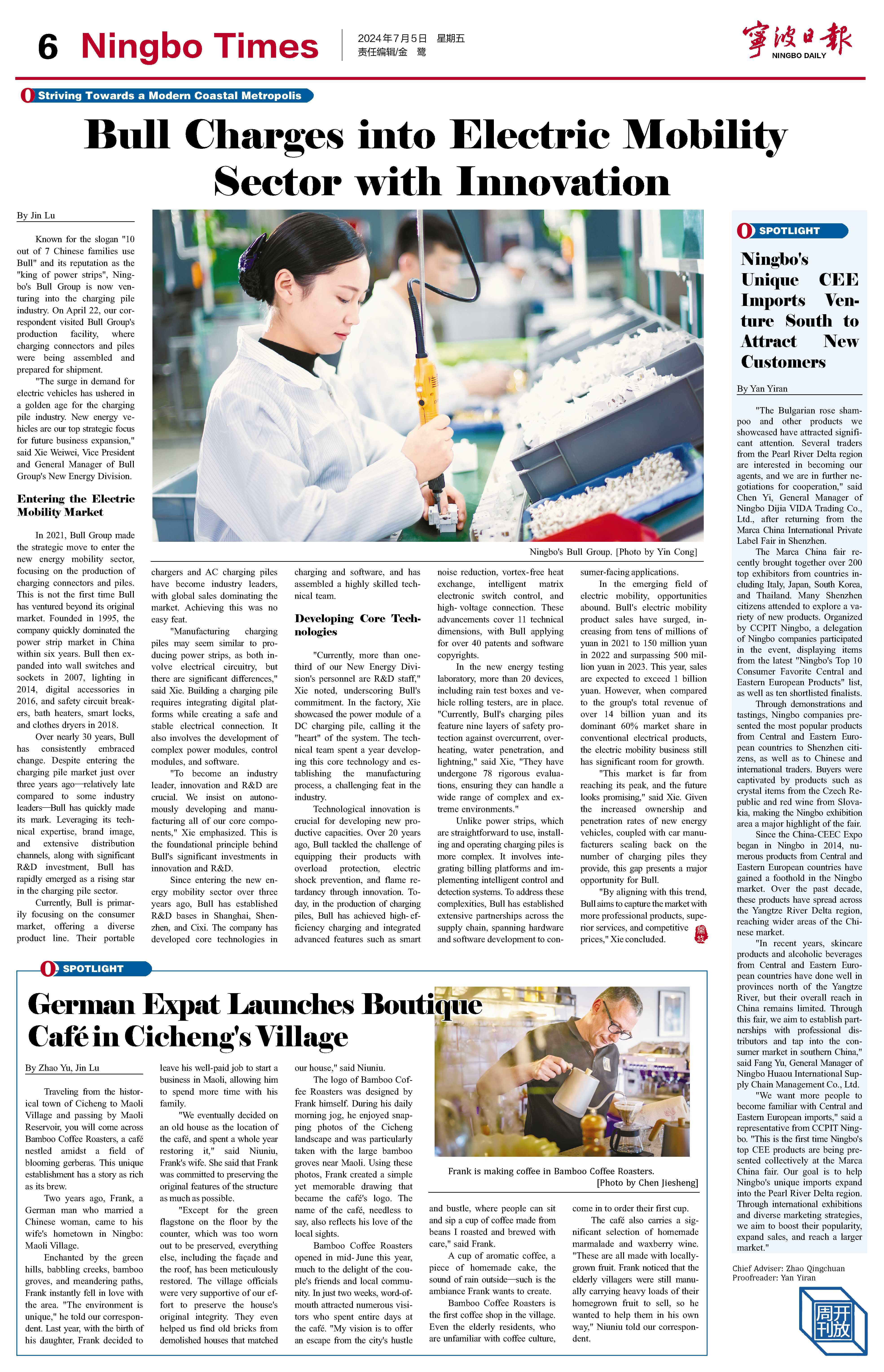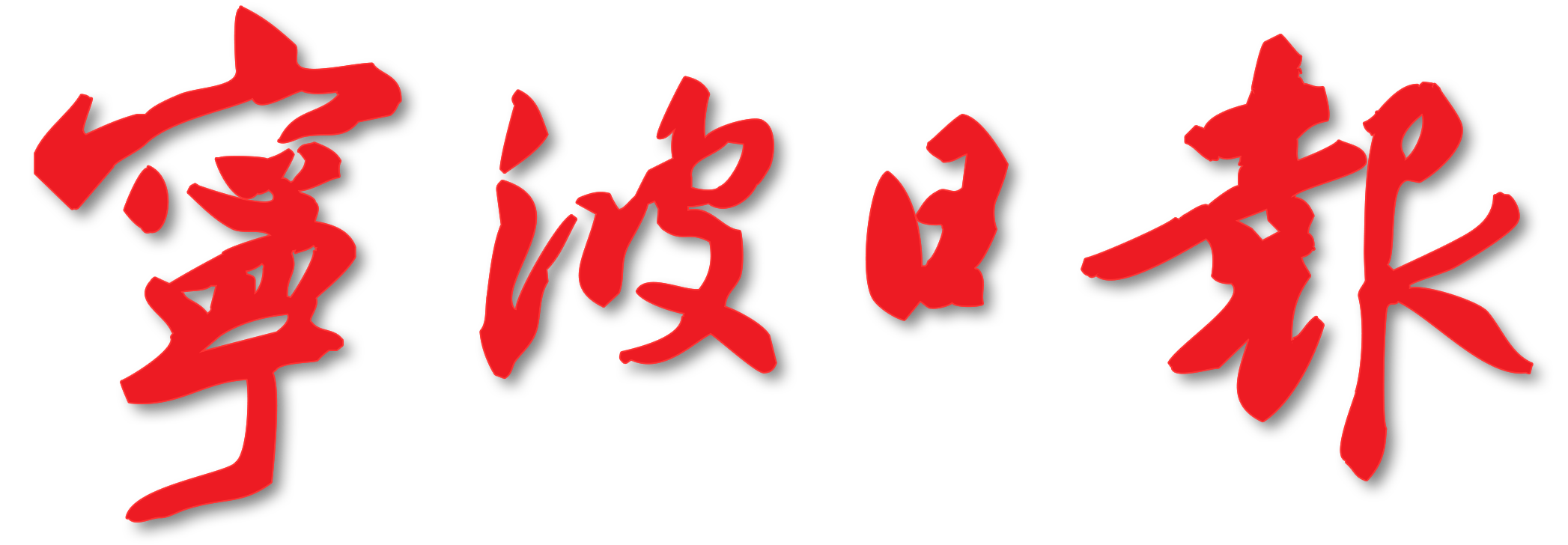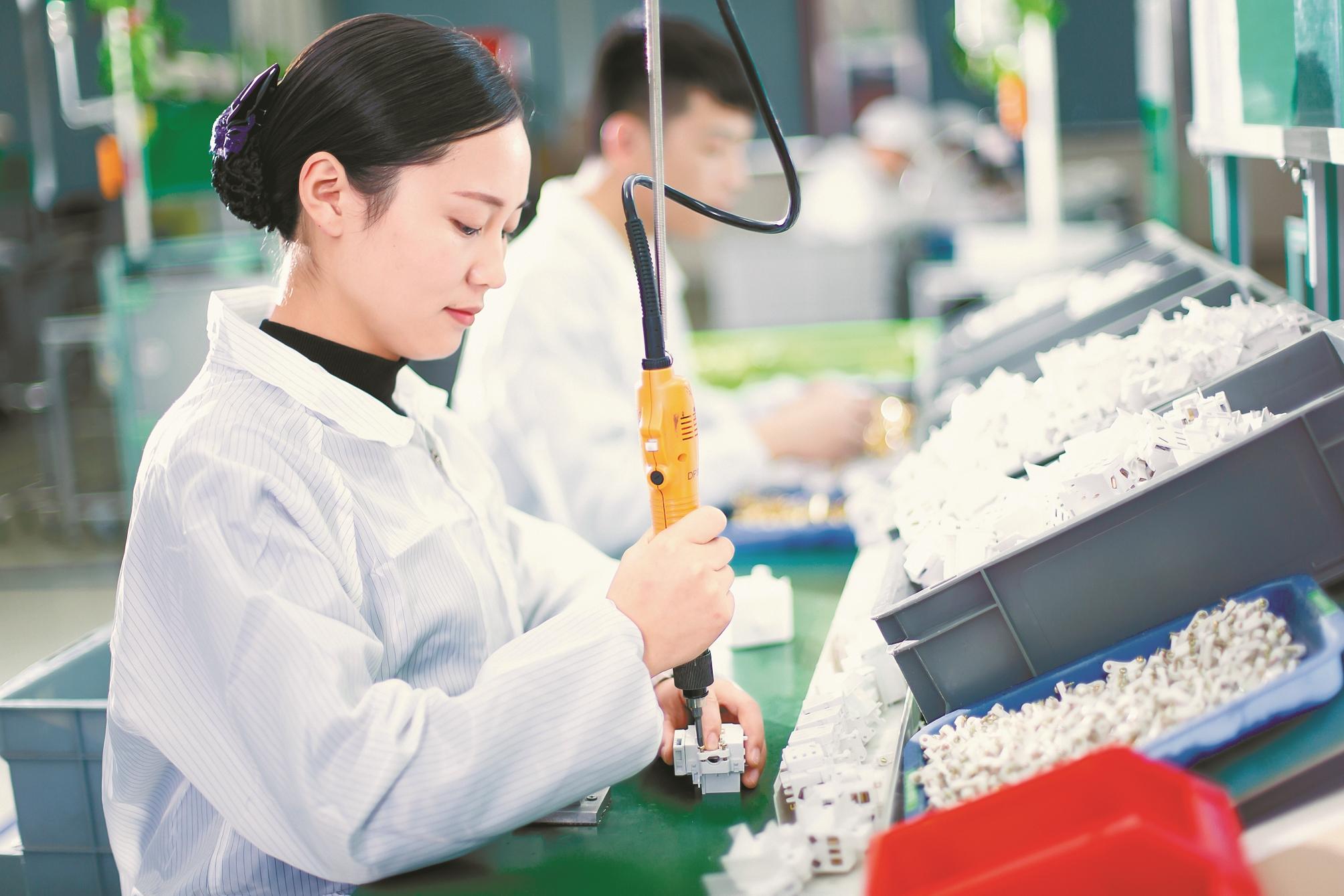By Jin Lu
Known for the slogan "10 out of 7 Chinese families use Bull" and its reputation as the "king of power strips", Ningbo's Bull Group is now venturing into the charging pile industry. On April 22, our correspondent visited Bull Group's production facility, where charging connectors and piles were being assembled and prepared for shipment.
"The surge in demand for electric vehicles has ushered in a golden age for the charging pile industry. New energy vehicles are our top strategic focus for future business expansion," said Xie Weiwei, Vice President and General Manager of Bull Group's New Energy Division.
Entering the Electric Mobility Market
In 2021, Bull Group made the strategic move to enter the new energy mobility sector, focusing on the production of charging connectors and piles. This is not the first time Bull has ventured beyond its original market. Founded in 1995, the company quickly dominated the power strip market in China within six years. Bull then expanded into wall switches and sockets in 2007, lighting in 2014, digital accessories in 2016, and safety circuit breakers, bath heaters, smart locks, and clothes dryers in 2018.
Over nearly 30 years, Bull has consistently embraced change. Despite entering the charging pile market just over three years ago—relatively late compared to some industry leaders—Bull has quickly made its mark. Leveraging its technical expertise, brand image, and extensive distribution channels, along with significant R&D investment, Bull has rapidly emerged as a rising star in the charging pile sector.
Currently, Bull is primarily focusing on the consumer market, offering a diverse product line. Their portable chargers and AC charging piles have become industry leaders, with global sales dominating the market. Achieving this was no easy feat.
"Manufacturing charging piles may seem similar to producing power strips, as both involve electrical circuitry, but there are significant differences," said Xie. Building a charging pile requires integrating digital platforms while creating a safe and stable electrical connection. It also involves the development of complex power modules, control modules, and software.
"To become an industry leader, innovation and R&D are crucial. We insist on autonomously developing and manufacturing all of our core components," Xie emphasized. This is the foundational principle behind Bull's significant investments in innovation and R&D.
Since entering the new energy mobility sector over three years ago, Bull has established R&D bases in Shanghai, Shenzhen, and Cixi. The company has developed core technologies in charging and software, and has assembled a highly skilled technical team.
Developing Core Technologies
"Currently, more than one-third of our New Energy Division's personnel are R&D staff," Xie noted, underscoring Bull's commitment. In the factory, Xie showcased the power module of a DC charging pile, calling it the "heart" of the system. The technical team spent a year developing this core technology and establishing the manufacturing process, a challenging feat in the industry.
Technological innovation is crucial for developing new productive capacities. Over 20 years ago, Bull tackled the challenge of equipping their products with overload protection, electric shock prevention, and flame retardancy through innovation. Today, in the production of charging piles, Bull has achieved high-efficiency charging and integrated advanced features such as smart noise reduction, vortex-free heat exchange, intelligent matrix electronic switch control, and high-voltage connection. These advancements cover 11 technical dimensions, with Bull applying for over 40 patents and software copyrights.
In the new energy testing laboratory, more than 20 devices, including rain test boxes and vehicle rolling testers, are in place. "Currently, Bull's charging piles feature nine layers of safety protection against overcurrent, overheating, water penetration, and lightning," said Xie, "They have undergone 78 rigorous evaluations, ensuring they can handle a wide range of complex and extreme environments."
Unlike power strips, which are straightforward to use, installing and operating charging piles is more complex. It involves integrating billing platforms and implementing intelligent control and detection systems. To address these complexities, Bull has established extensive partnerships across the supply chain, spanning hardware and software development to consumer-facing applications.
In the emerging field of electric mobility, opportunities abound. Bull's electric mobility product sales have surged, increasing from tens of millions of yuan in 2021 to 150 million yuan in 2022 and surpassing 500 million yuan in 2023. This year, sales are expected to exceed 1 billion yuan. However, when compared to the group's total revenue of over 14 billion yuan and its dominant 60% market share in conventional electrical products, the electric mobility business still has significant room for growth.
"This market is far from reaching its peak, and the future looks promising," said Xie. Given the increased ownership and penetration rates of new energy vehicles, coupled with car manufacturers scaling back on the number of charging piles they provide, this gap presents a major opportunity for Bull.
"By aligning with this trend, Bull aims to capture the market with more professional products, superior services, and competitive prices," Xie concluded.



